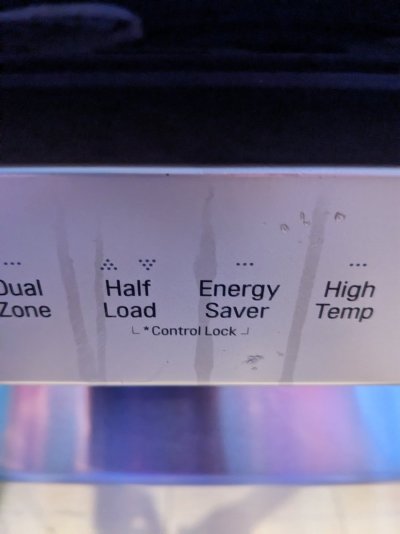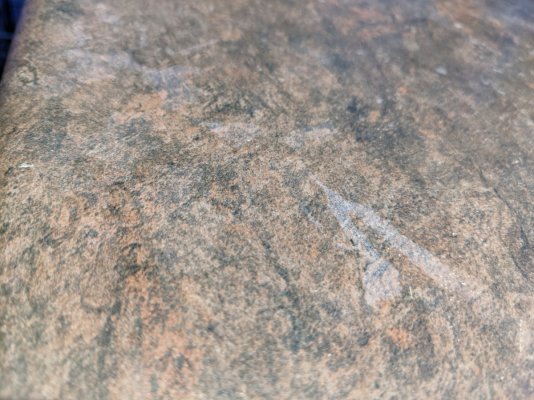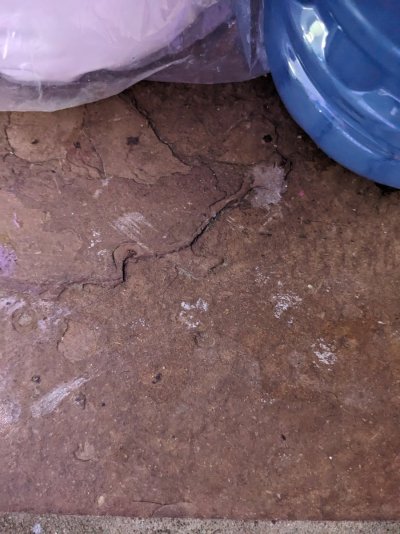Hello,
What is the best recipe for magnesium supplementation with Kaltwasser ATO dosing? 3a from Randy's DIY i presume? (The balanced mg recipe)
Would i be able to make an alternative recipe with sodium sulfate and magnesium chloride hexahydrate? if so, what's the recipe for 1 gallon amount at 3a equivalent strength?
thanks
What is the best recipe for magnesium supplementation with Kaltwasser ATO dosing? 3a from Randy's DIY i presume? (The balanced mg recipe)
Would i be able to make an alternative recipe with sodium sulfate and magnesium chloride hexahydrate? if so, what's the recipe for 1 gallon amount at 3a equivalent strength?
thanks




















